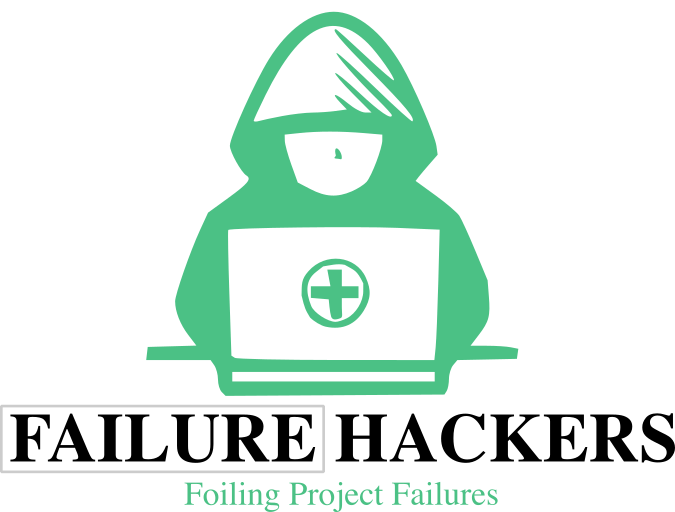What is a symptom?
- In order to tackle a symptom you first need to know what one looks like. The word symptom can be used in many contexts, I’ve listed some examples below:
- Medical: So you wake up one morning and you’re feeling tired still despite sleeping through the night. You also feel a sore throat and a fever. What you’re feeling – the tiredness, fever and sore throat – are symptoms. These are indicators of an underlying condition which could be a common cold, flu or that you’ve been overworking. In this medical context there symptoms are what the doctor will look for to help diagnose and find the actual condition to treat.
- Practical mechanics: Imagine you’re driving your car and the ‘engine light’ comes on. This light illuminating is a symptom indicating that the car’s engine or related systems are not functioning as expected. This light by itself doesn’t tell you which subsystem or part is at fault but it does signal that further and deeper diagnosis is needed to fix the underlying issue.
- Technology: You’re using your computer and you notice it starts to run slower than usual with programs and tasks taking longer to execute. This decrease in performance is a symptom. It suggests there could be underlying problems such as low disk space, creaking hardware or a malware infection. The symptom of slowness triggers you to investigate further to resolve the issue.
In all of these examples the symptom is the observable sign or manifestation of an underlying issue or condition, prompting further analysis and investigation to address the root cause.
How to spot a symptom?
- We aren’t all sitting around eagle eyed and watching out for symptoms every hour of every day, and it’s true to say that symptoms can creep up on you when you least expect them and usually could do without them (engine light anyone?!). So what are some practical things we can do to keep alert to spotting symptoms:
- Monitor for changes: In the medical context you might be alert to feelings of fatigue, pain or appetite.
- For the mechanical you’ll watch your dashboard lights, listen for unusual noises or feel for changes in performance.
- Then in the technology context it’s monitoring performance and speed, watching for frequent crashes or errors, listening for sounds from hard drives or fans and checking for any overheating.
Monitor & watch for indicators in your car dashboard, or watch for frequent system crashes or errors.
Listen for unusual sounds from the car or hard drives and fans.
Feel for changes in vehicle speed or performance, overheating in your computer.
Monitor, listen, feel
To bring us back to the project management context and how be able to identify symptoms effectively, you will need to use a mix of observational skills, tools and methods.
Tools you can use?
There are many and varied options that could be used, below are a number of the key ones.
Observational Skills:
- Active Listening – paying close attention to team communications, any concerns raised or feedback will help reveal simmering issues with processes, people and team dynamics.
- Critical Thinking – Having a critical eye when reviewing and evaluating project progress, achievements and decisions can help spot differences between what was required/expected and what actually was delivered
- Attention to detail – the small things like changes in project metrics, trends and performance can be signals of larger issues.
- Emotional Intelligence – Individual team members well-being and team morale can foretell problems with workload, responsibilities mismatch, stress or interpersonal frictions.
Tools:
- Project Management software – tools like Asana, Trello and Jira are capable of providing dashboards showing project timelines, product and deliverable status making it easier to see blockers, bottlenecks and delays.
- Risk Management tools – not everyone’s favourite but tools to identify, assess and prioritise risks will help predict potential areas of concern before they become symptomatic of bigger worries.
- Time-sheeting / Tracking software – giving the ‘time’ element of the project management triangle (with cost and quality) and understanding where and how time is being spent on the project can signal scope issues or inefficient resource usage before it becomes a headache.
- Feedback and Survey tools – taking a heartbeat from the team and stakeholders regularly using tools like SurveyMonkey or Goggle forms can flag early challenges with direction, communication gaps and satisfaction.
Methods:
- Regular check-ins and meetings – gathering on a regular basis for status or check-in meetings enables voices to be heard and blockers or concerns aired across the team that might join dots sooner to catch problems early.
- SWOT Analysis (Strengths, Weaknesses, Opportunities, Threats) – for thinking about internal but also the external factors affecting the project a regular SWOT analysis cycle can pay dividends.
- Earned Value Management (EVM) – being able to track variances from the plan can give early signals of the project going off course and EVM enables project performance and progress to plan to be objectively measured.
- Root Cause Analysis – using methods like the Five Whys can help in cutting through to the ‘real’ issue that’s creating the symptoms seen (more on this later)
The Mindset needed?
Knowing that there are symptoms to spot is one part of the jigsaw, having ways to spot them and tools to help target them are more pieces. A major element often taken for granted and not considered is the powerful human aspect of mindset. You need a particular mindset to be able to connect the dots nad fathom out what the signals are telling you and see the problems coming.
Openness
- Adaptability – being open to changes and the unexpected. To see the symptoms often requires noticing and sensing things that are deviating from the norm that needs a more adaptable mindset.
- Acceptance to Feedback – having a willingness to listen actively to all sources of feedback, data, report metrics, tools, feedback from team members and stakeholders or advice from experts and suppliers. The feedback gives you a perspective through other people’s eyes that you might overlook.
Curiosity
- Inquisitiveness – Dig into the how & why of things happening in and to the project, these how and why questions can uncover symptoms lurking just behind the data or reports that aren’t immediately obvious.
- Continuous Learning – keeping up-to date on your knowledge of new tools, methods, practices in your field and nurturing your deeper knowledge can aid in identifying symptoms others can’t see.
Vigilance
- Attention to Detail – paying close attention to anomalies and minor changes. Symptoms can be hidden in the finer details that can be missed if you’re not monitoring carefully.
- Proactivity – not procrastinating and having discipline to follow up on details can help ensure early symptoms are caught.
Critical Thinking
- Analytical Approach – bringing logic and reasoning to your understanding of situations and in identifying potential problems and developing conclusions. this rigour helps to cut through and differentiate between ‘normal’ variations and genuine symptoms of underlying problems.
- No Knee-jerk thinking – take a problem solving path when symptoms are identified, be disciplined and analytical rather than reacting hastily or with emotion.
Empathy
- Perspective – being aware of an understanding the stresses and pressures team members face in team environments can help identify symptoms of dissatisfaction, disengagement and even burnout.
- Emotional Intelligence – recognising and interpreting the emotions of others can help to guide you to underlying problems that might not be openly communicated or surfaced.
Resilience
- Persistence – don’t give up at the first hurdle. Some symptoms can be elusive and need time and patience to accurately identify and understand.
- Flexibility – if at first you don’t succeed and your initial assessments don’t hold water, being resilient allows you to recalibrate and come back at the problem from a new angle.
Adopting this mindset fosters an environment where problems can be approached constructively and resolved efficiently.
Richard
Adopting this mindset enables a more effective and comprehensive approach to identifying symptoms across a variety of contexts. It doesn’t only help in recognising issues earlier but also fosters an environment where problems can be approached constructively and resolved efficiently.

